
Whenever you navigate through an app smoothly, move effortlessly between features, and feel like the app understands and guides you, it's because of UX copywriting.
Clarity and trustworthiness in UX content are crucial, especially when users seek guidance or make critical decisions. Navigating through twisted text or encountering vague instructions can frustrate users, leading to a loss of trust and a disconnection from the product.
Effective UX content communicates clearly and empathizes with user needs, easing customer pain points and guiding them effortlessly toward desired actions in line with product goals.
So, if you want to learn more about how writing can make websites and apps easier to use, stick around!
UX copywriting is about empowering users and ensuring that every word they encounter within a digital product serves a purpose, whether clarifying a feature, reassuring them during an error, or encouraging them to take the next step.
UX writing is more than words on a screen. It's about the empathy element where understanding users' needs, frustrations, and motivations and tailoring the language to resonate with them plays an important role.
For example, when a button says "Sign Up" instead of "Submit" or when an error message says, "Oops! Something went wrong. Please try again," that's UX writing. It's all about making digital content easier to understand and use.
Good UX writing is brief and simple, ensuring that users understand how to navigate the interface, feel confident in their interactions, and form a connection with the brand or product.
If you're interested in seeing examples of UX copy in action, here are a few

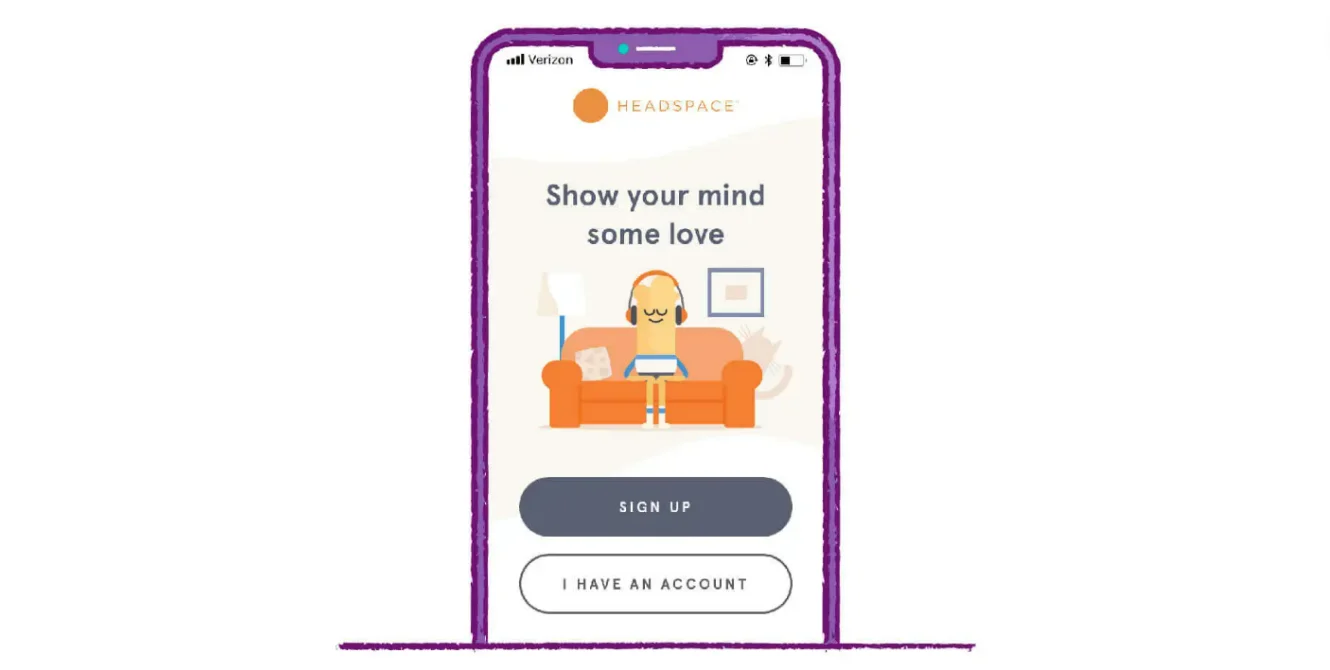

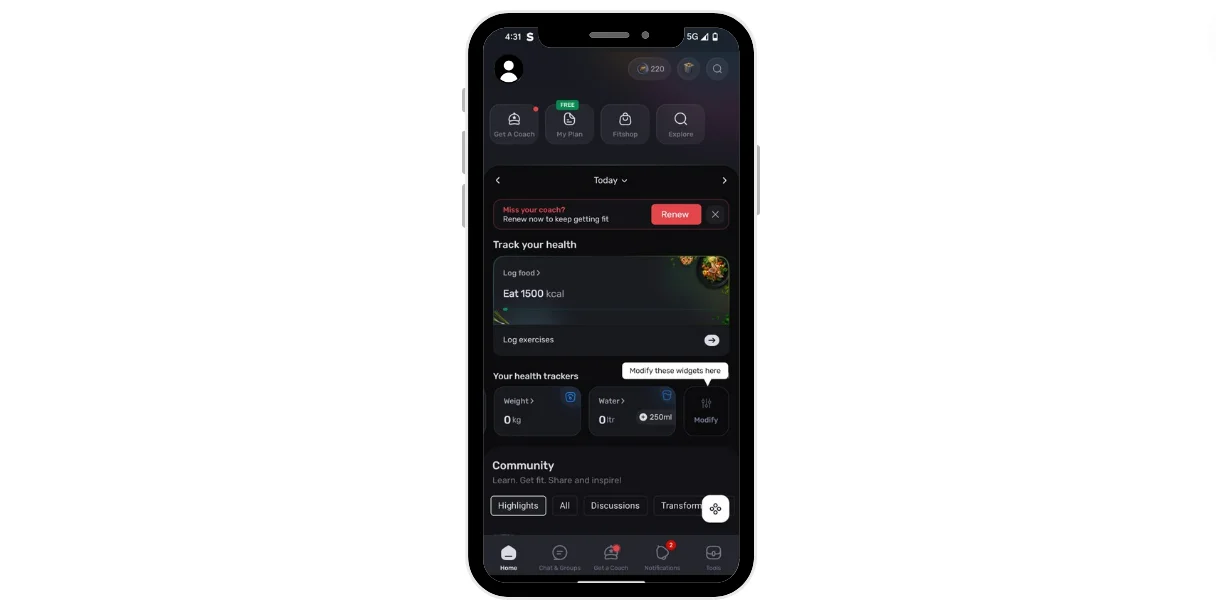
The types of UX copywriting are so diverse that specialized UX writers are appointed to concentrate on specific features or products in larger companies such as Google, Facebook, or Microsoft. Each type of UX content holds its own significance. Let's understand the different types of UX writing and their importance.
UX microcopy refers to the small snippets of text that guide users through a digital experience. It's the little nudge that helps when you're stuck, offering clear, concise instructions or encouragement right when you need it. Whether it's a button label, error message, or form instruction, microcopy uses short, helpful content to steer you in the right direction and prompt you to take the next action.
Examples of UX microcopy,
This is a classic example of a microcopy that communicates the action the user is about to take. The word "Submit" is clear and direct, letting the user know that clicking this button will send their information or complete the current process.
By hovering or tapping on an element, the user gets quick guidance on possible actions. The concise microcopy encourages interaction and helps the user better understand the interface.
Error messages are critical microcopy elements that help users understand what went wrong and how to fix it. This message identifies the problem and offers clear instructions on how to correct it.
Placeholder text is a subtle form of microcopy that guides users through the type of information expected in a form field. For example, "Enter your password" provides a direct hint, ensuring the user knows exactly what to input.
The comparison below illustrates the difference between good and bad UX microcopy.
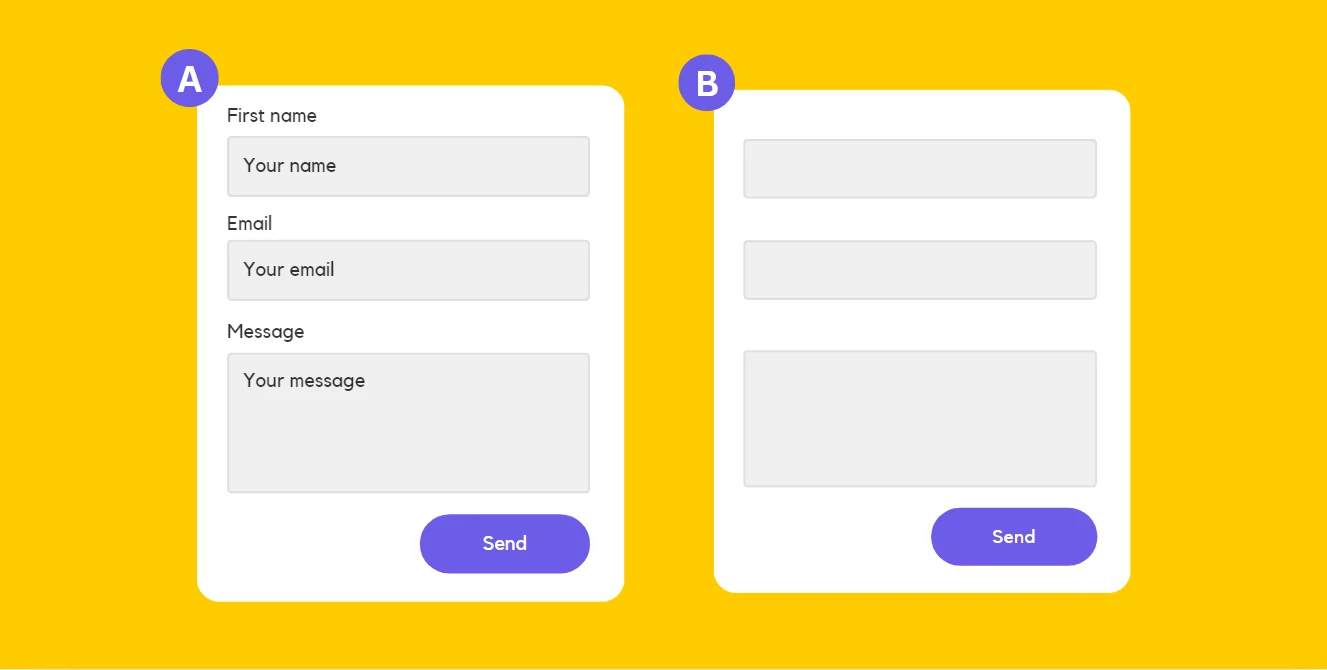
This type of copy provides step-by-step guidance to help users understand how to navigate a product or complete a task. Instructional copy is commonly found in onboarding flows, user guides, tutorials, and help sections.
It aims to empower users by explaining complex processes in a simple and accessible manner.
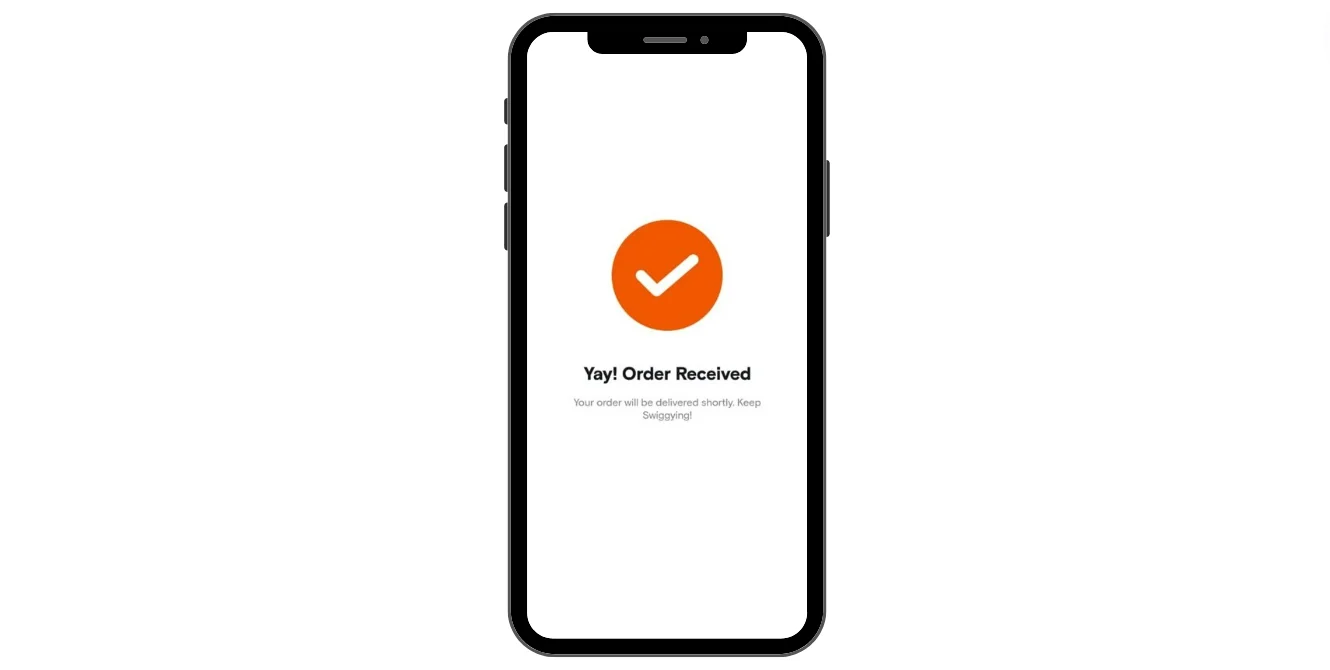
A transactional copy is used during checkout or when users perform transactions, such as purchasing, subscribing to a service, or submitting a form.
Its goal is to reassure users, provide transparency about the transaction, and encourage them to proceed confidently. Here is an example from the Swiggy app after successfully paying for an order.
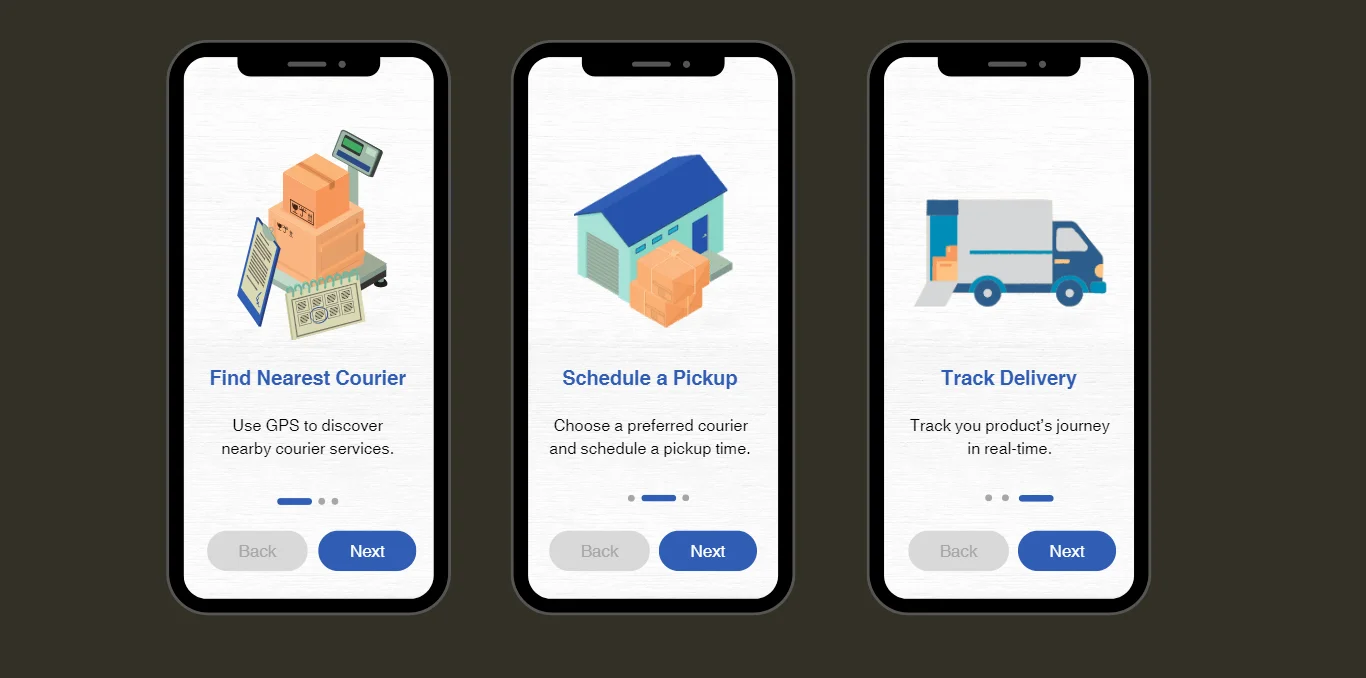
These are messages displayed when something goes wrong, such as incorrect input in a form or a failed transaction. Clear and empathetic error messages reduce user frustration and help users recover from mistakes without abandoning the process.
Here are examples of well-crafted and poorly-designed error messages.

CTAs are messages that ask users to do something specific, like "Sign Up," "Learn More," or "Buy Now." Effective CTA UX writing uses persuasive language to motivate users to engage with the interface and move through the conversion funnel.
It focuses on clarity, urgency, and relevance to prompt desired user actions.

Learning about Good UX Writing gives you basic rules and strategies for making interesting and user-friendly content online. Here are a few important principles to remember.
1. Set Clear Expectations:
Clarity reigns supreme in UX writing. Users need to know exactly what they're doing at every turn. Envato opted to label the plan upgrade button as "Get Unlimited Downloads" instead of the generic "Upgrade Plan." This concise yet informative label not only explains the action but also provides a compelling reason for upgrading. This transparency builds trust and ensures users take the action that best suits their needs.
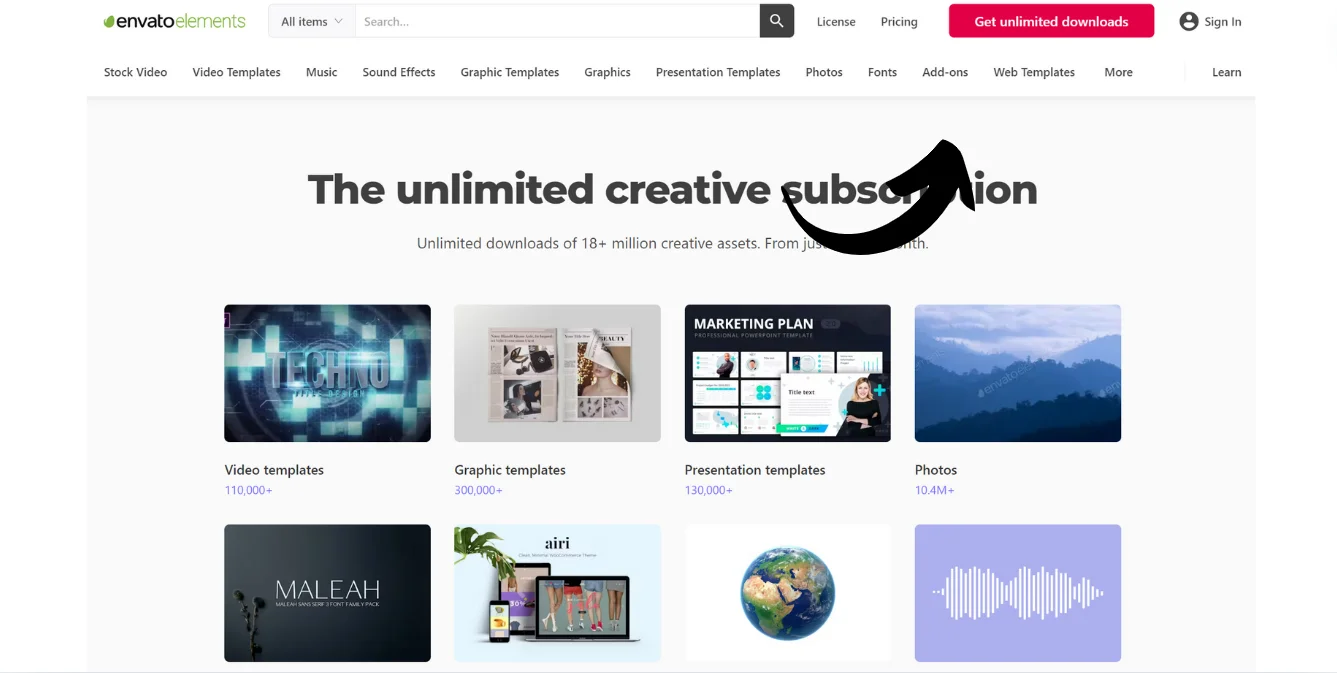
Pro Tip: Use active voice and strong verbs to make your CTAs (calls to action) clear and actionable.
2. Anticipate User Questions:
Predict what confusions or roadblocks users might encounter while navigating a website, app, or any other digital product. By addressing these potential questions proactively, UX writers can create a smoother and more intuitive user experience.
Here is an example of Netflix's "Play Something" feature, which anticipates users' uncertainty about what to watch. It prompts the question "Not sure what to watch?" and encourages users to give the "Play Something" feature a try, which then automatically selects content personalized to their preferences.

3. Talk Like a Human:
UX writing shouldn't feel like a robot giving instructions. Instead, it should have a human touch. It should sound like you're explaining something to a friend. Use a conversational tone with simple sentences, questions, and clear commands.
Taking Canva as an example, the platform prompts users with "What will you design today?" This message is like a person talking to you, reminding you to type what you want to design in the search bar to find related images.
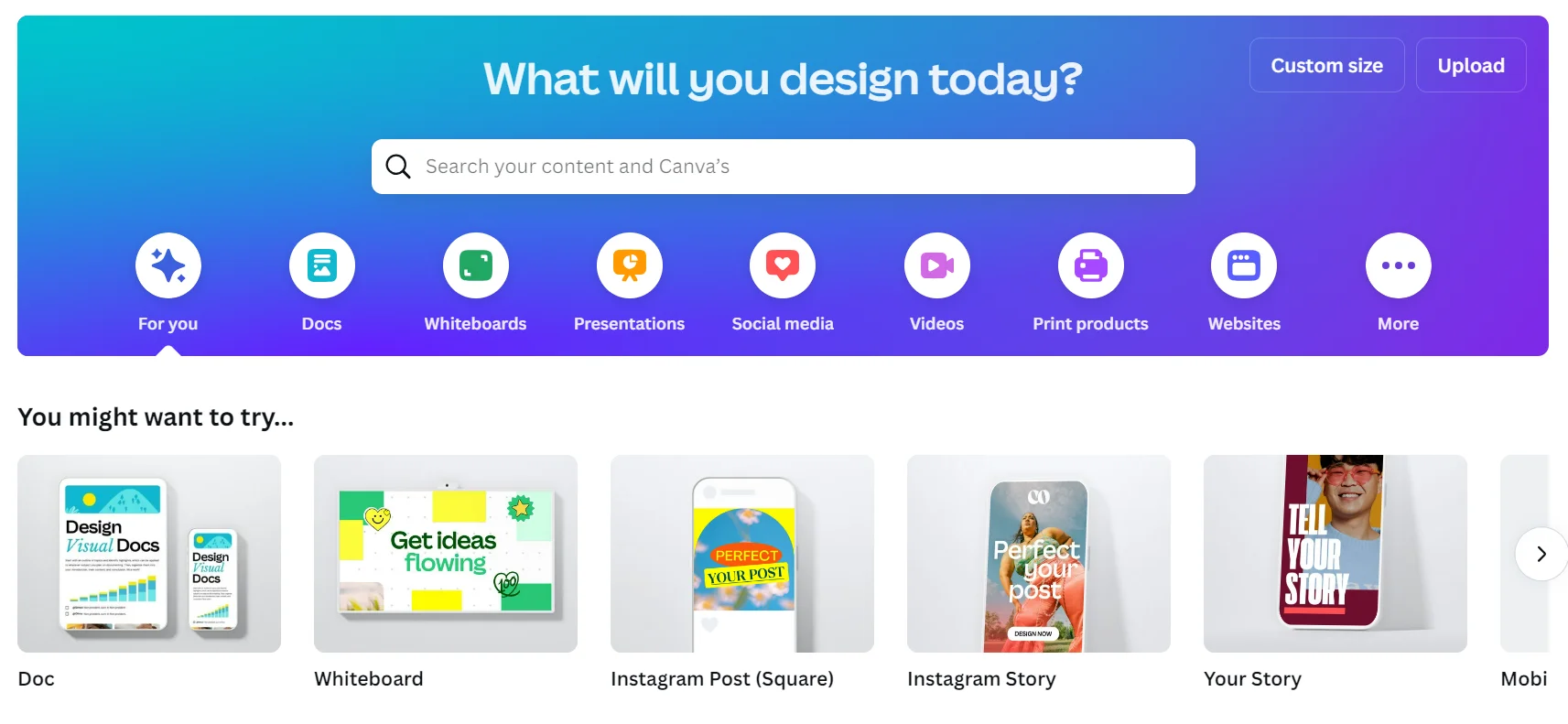
|
Pro tip: Put the important information upfront because users tend to focus on the beginning of a sentence. |
User interviews are effective for the UX writing process, providing direct access to the thoughts, feelings, and needs of the target audience. Conducted either in person or remotely, these interviews offer a unique opportunity to understand the user’s mindset and gather qualitative data.
Here are some things to keep in mind when framing questions for user interviews:
|
Pro Tip: Conduct user testing with tasks that mimic real-world scenarios to identify potential confusion points. |
Content design ensures information is presented engagingly, consistently, and understandably. By structuring content logically and using plain language, users can easily grasp the intended message without confusion.
Let’s say you use a banking app to transfer money to a friend. With effective content design in UX writing, the app would provide clear and concise instructions at each transfer process step. For example:
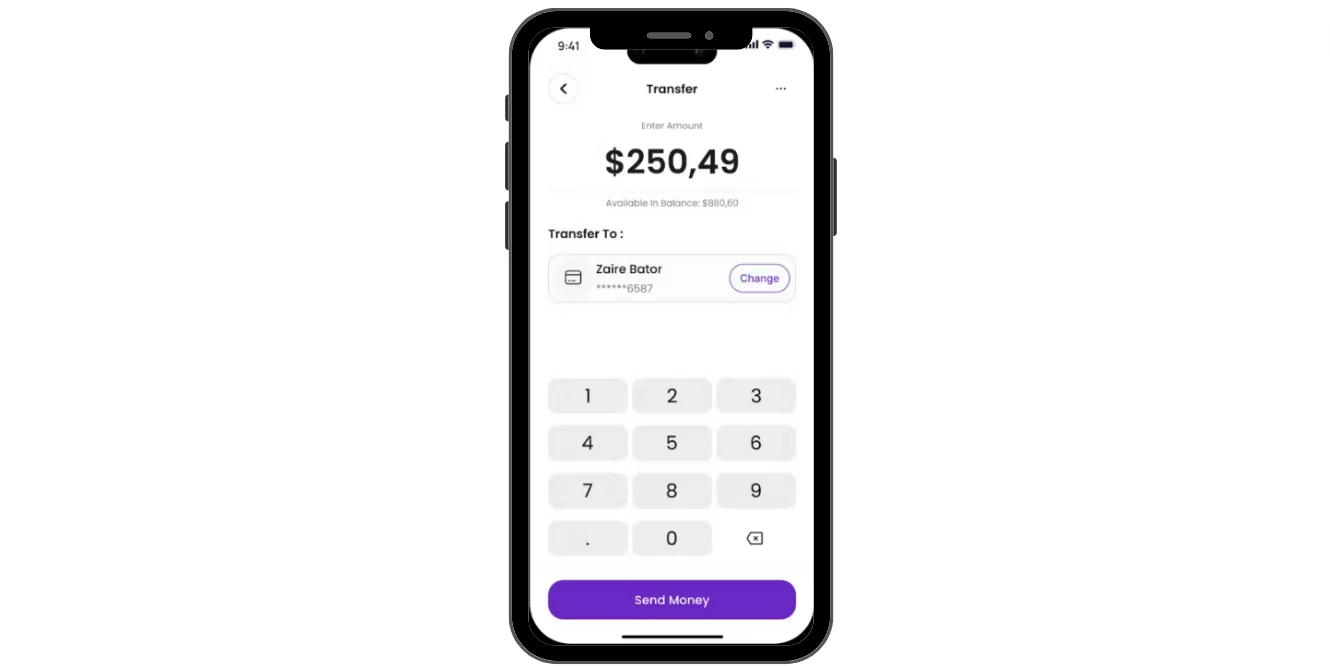
Each piece of text is carefully designed to be informative, actionable, and user-friendly, ensuring a smooth and intuitive experience for the user.
Microcopy, those tiny bits of text on buttons, error messages, and other UI elements, can pack a punch of personality. A touch of humor, a friendly tone, or a dash of quirkiness can delight the user experience. But remember, it’s all about striking a balance. The voice you choose should connect with your target audience. For instance, users of legal or financial products might expect a sense of reassurance and professionalism. However, that doesn’t mean every brand needs to be stuffy!
Mailchimp, the email marketing platform, injects a healthy dose of playfulness into their microcopy. Mailchimp’s "You’re about to send the campaign. This is your moment of glory" isn’t just a notification; it’s a brand voice snapshot.
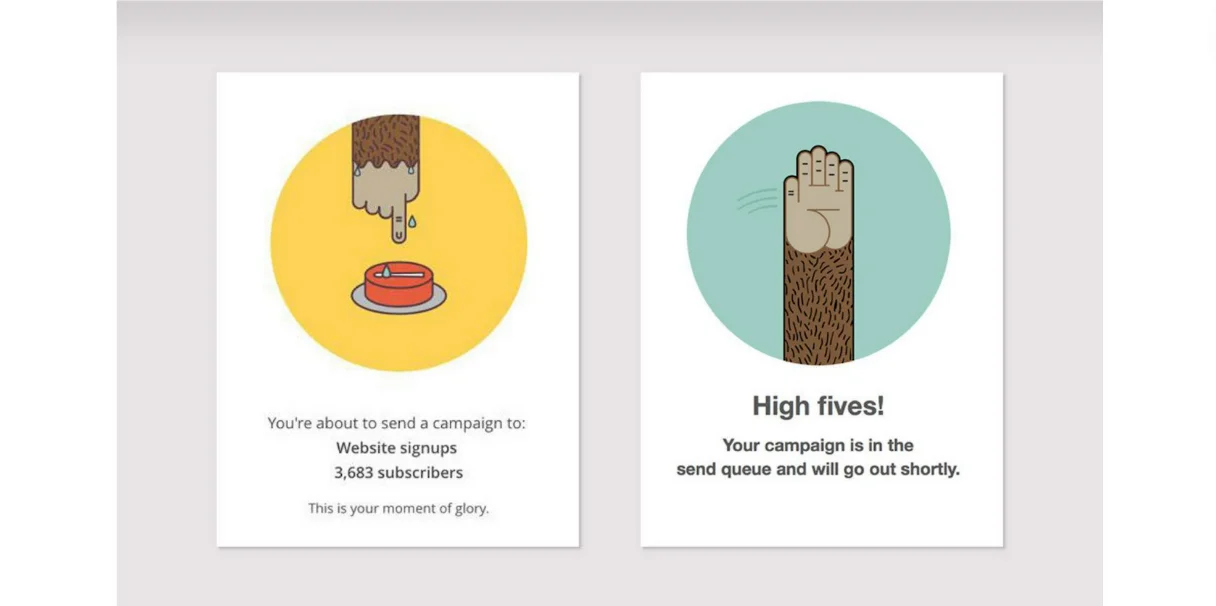
|
Pro Tip: Develop a UX writing style guide that defines your brand voice and ensures consistency across all touchpoints. |
7. Motivate the Users:
Getting users to share your product or take the next step is about understanding what makes them tick. Call-to-action is very important for any product. Use short pictures or a quick sentence under the CTA buttons. To encourage users to take immediate action, use persuasive language. The language should engage with the users emotionally and demonstrate that you understand their perspective.
Here is an example of Airbnb using encouraging content to inspire people to start searching for new places to stay.
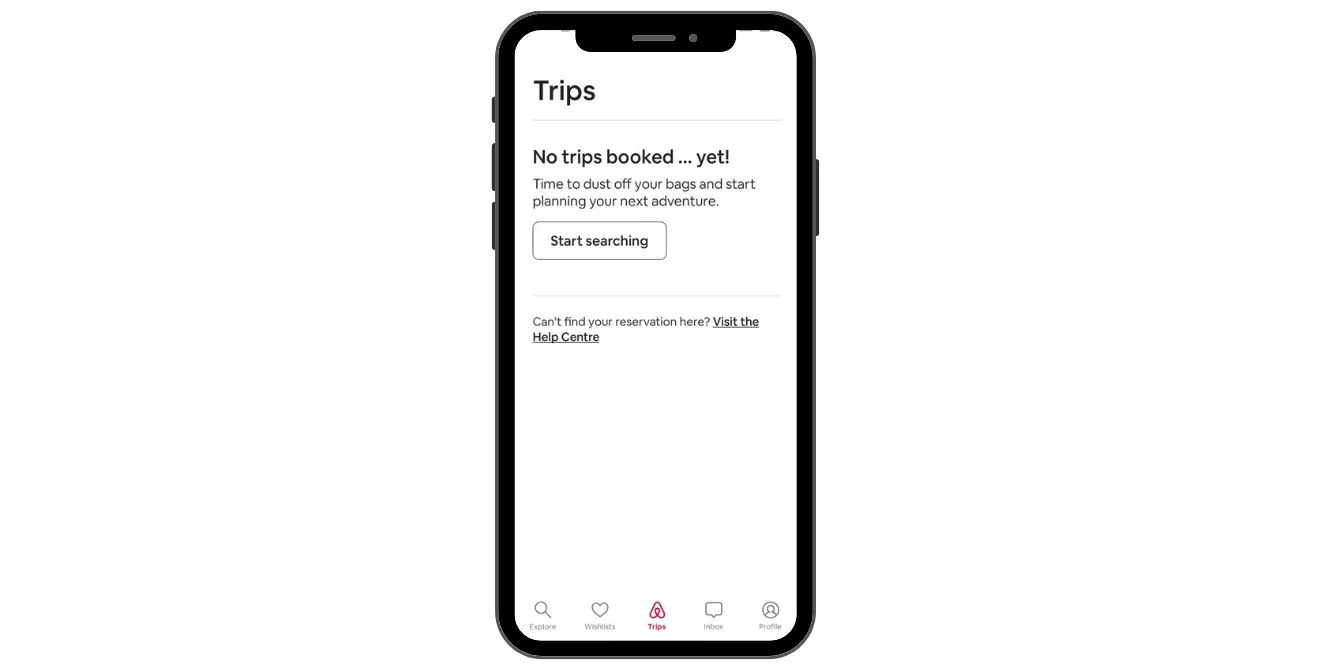
Confusing or poorly written text can completely derail a user's journey. Let's understand the top UX writing mistakes that you should avoid to ensure your users have a smooth and positive experience from start to finish.
Crafting clear and compelling UX copy is an art, but it doesn't have to be done in solitude. A number of tools exist to help UX writers, making the process smoother, more efficient, and ultimately, more effective. Let's unpack some essential tools that can transform your UX writing workflow!
Writing and Editing Tools
Grammarly: As a grammar checker and plagiarism detector, Grammarly ensures that UX copy remains error-free and easily comprehensible, contributing to a seamless user experience.
Hemingway Editor: This online tool aids UX writers in refining the clarity and readability of their content by identifying complex sentences and suggesting simplifications, enhancing overall user understanding.
Collaboration and Design Tools
Miro: As an online whiteboard tool, Miro enables UX writers to collaborate effectively with their team members, facilitating brainstorming sessions, wireframing activities, and note-taking sessions to refine UX copy and design elements.
Frontitude: Tailored for UX writers, Frontitude integrates with Figma - a UI/UX design tool. It offers suggestions for optimizing user interface (UI) text elements, thereby enhancing the overall design and user experience.
Research and Testing Tools
UserTesting: UserTesting allows UX writers to thoroughly test their UX copy with real users, providing valuable insights into user preferences and behavior. These insights inform content refinements aimed at better meeting user needs.
Hotjar: Equipped with heatmaps, recordings, and surveys, Hotjar enables UX writers to analyze user interactions with websites and apps, aiding in informed decision-making and optimization efforts to enhance the user experience.
The Power of Collaboration: While the essential tools mentioned can empower UX writers, creating effective UX copywriting can also involve collaboration with other specialists or even outsourcing the task entirely. This can be particularly beneficial for companies with limited internal resources or complex UX writing needs.
For instance, companies can articulate UX copywriting services offered by agencies like LexiConn. Partnering with such specialists can ensure high-quality content that aligns with brand voice and user goals.
UX copywriting continues to evolve, adapt, and innovate, shaping the future of user experiences. By embracing empathy, creativity, and a user-centric mindset, we can continue to push the boundaries of what's possible, ensuring that every interaction leaves a lasting impression.
So, whether you're a seasoned UX writer or just beginning your journey, remember the profound impact that well-crafted words can have on the digital world, and let's continue to write the stories that shape our experiences.
Crafting compelling user experiences requires functionality and the power of words. That's why we invite you to try LexiConn, where expert UX writers are dedicated to enhancing all types of content.
Our team combines empathy, creativity, and a user-centric mindset to ensure every interaction leaves a lasting impression. With LexiConn, you'll discover the profound impact that well-crafted words can have on shaping the future of user experiences.
Experience the difference LexiConn can make in your projects today. Let's write the stories that shape experiences together! Check out our website at LexiConn.



I have read and accept the Privacy Policy
Read More